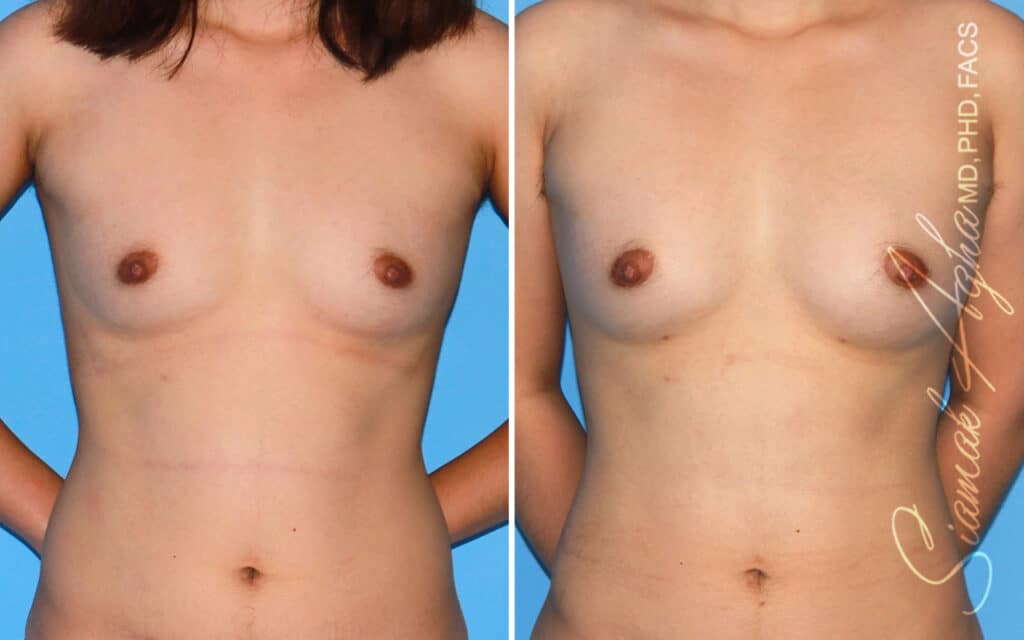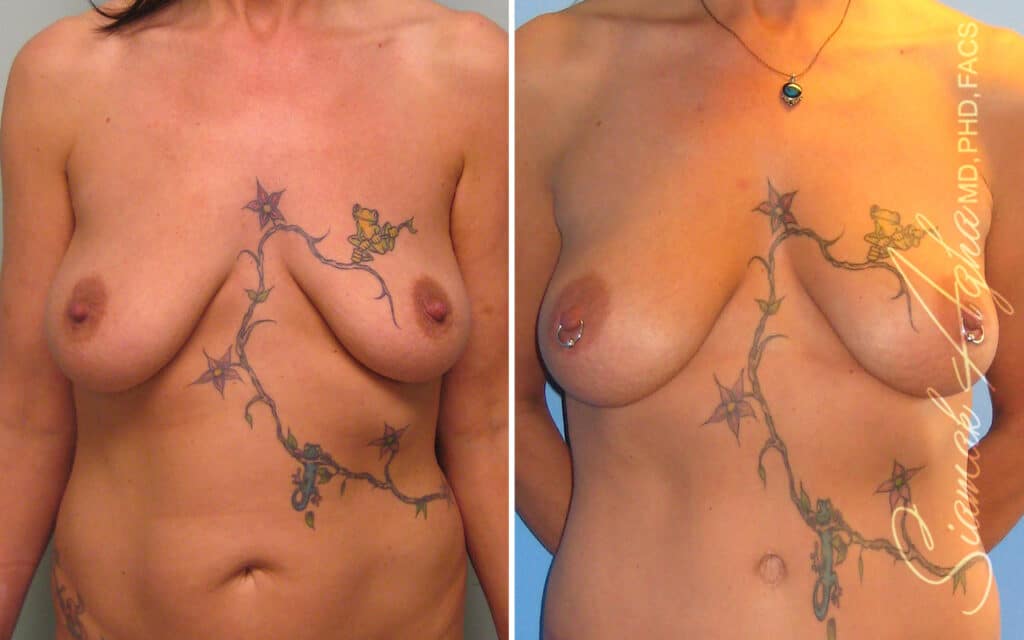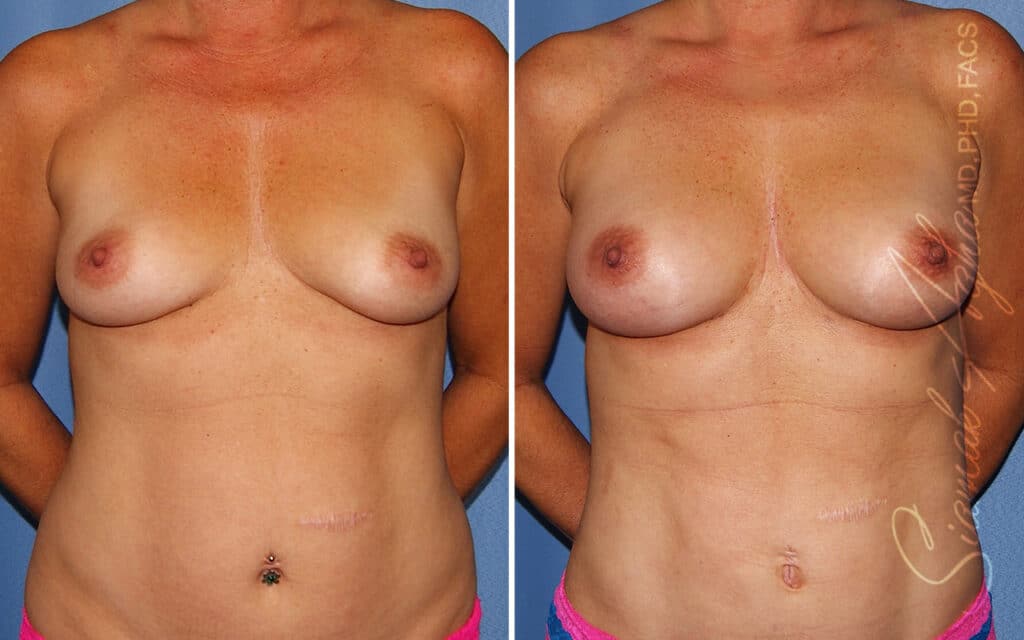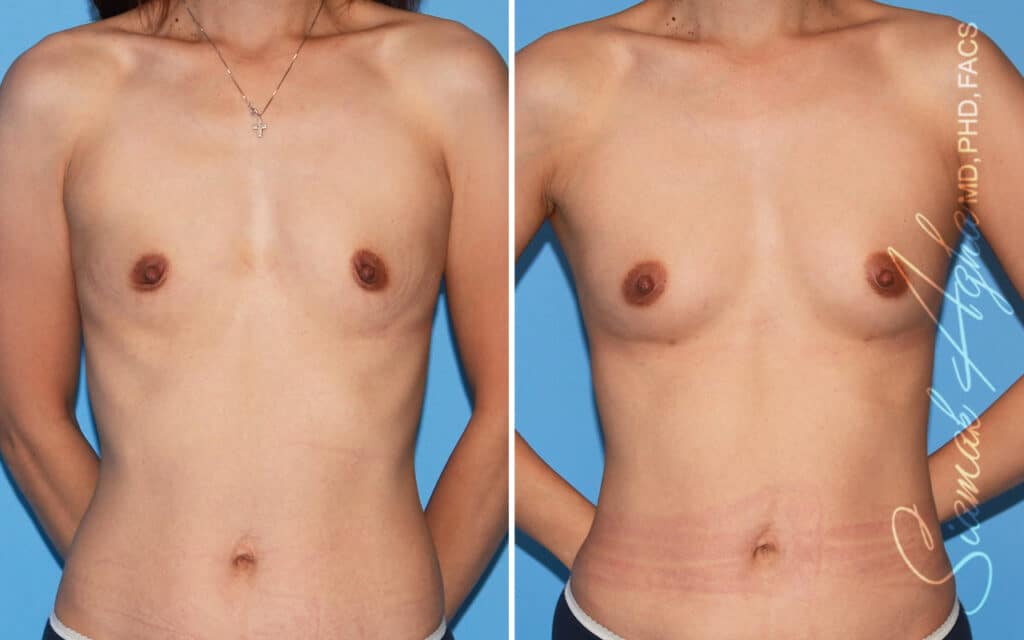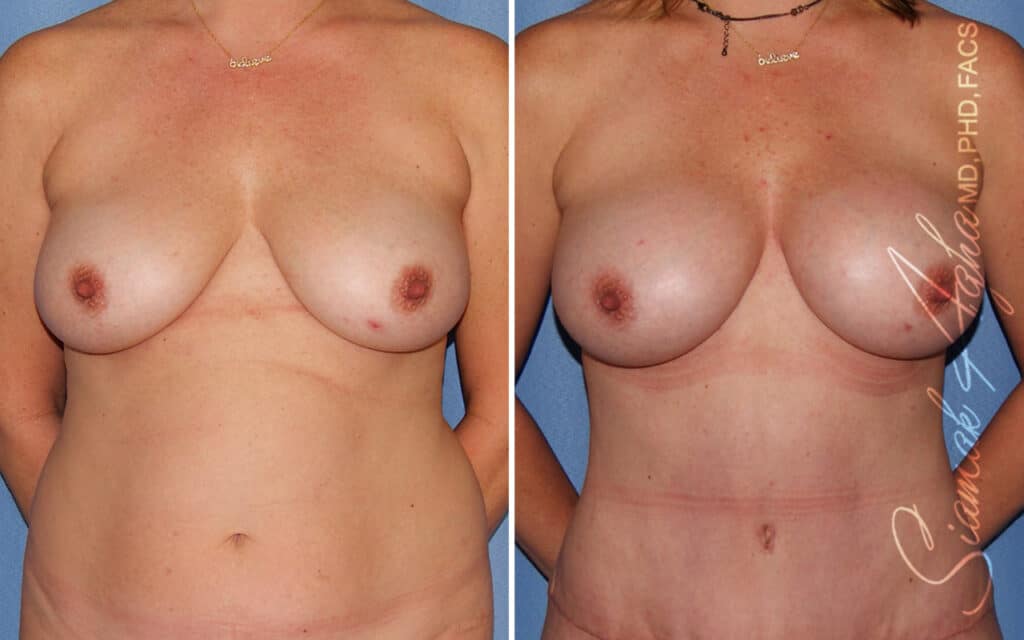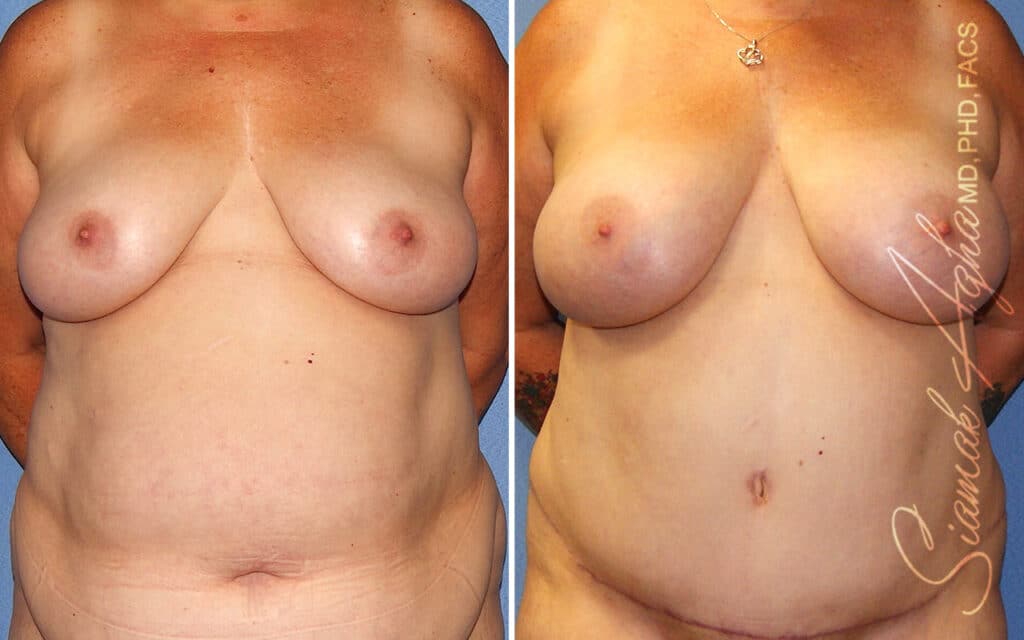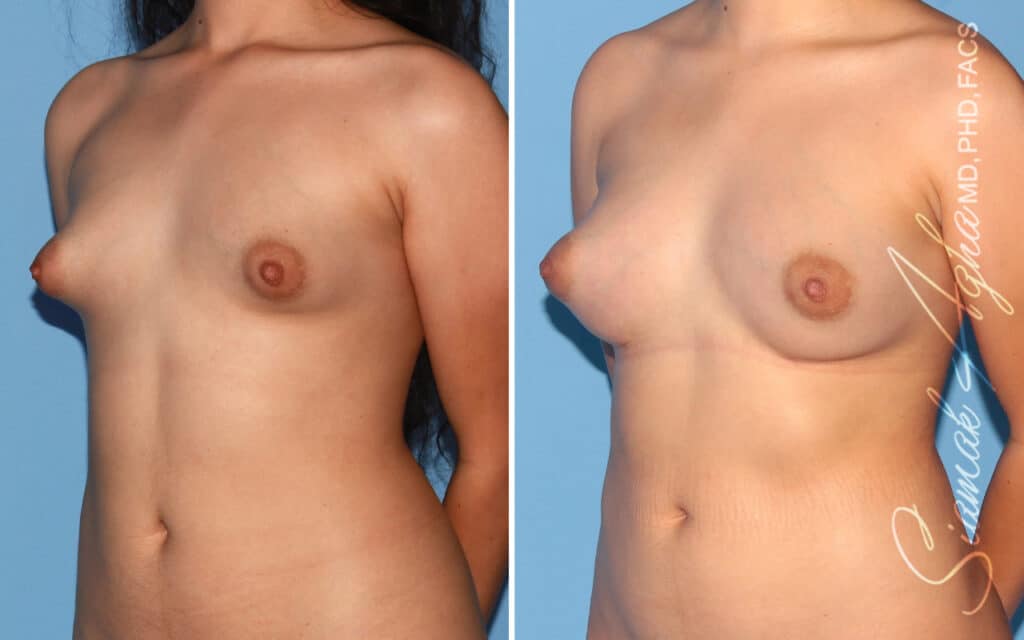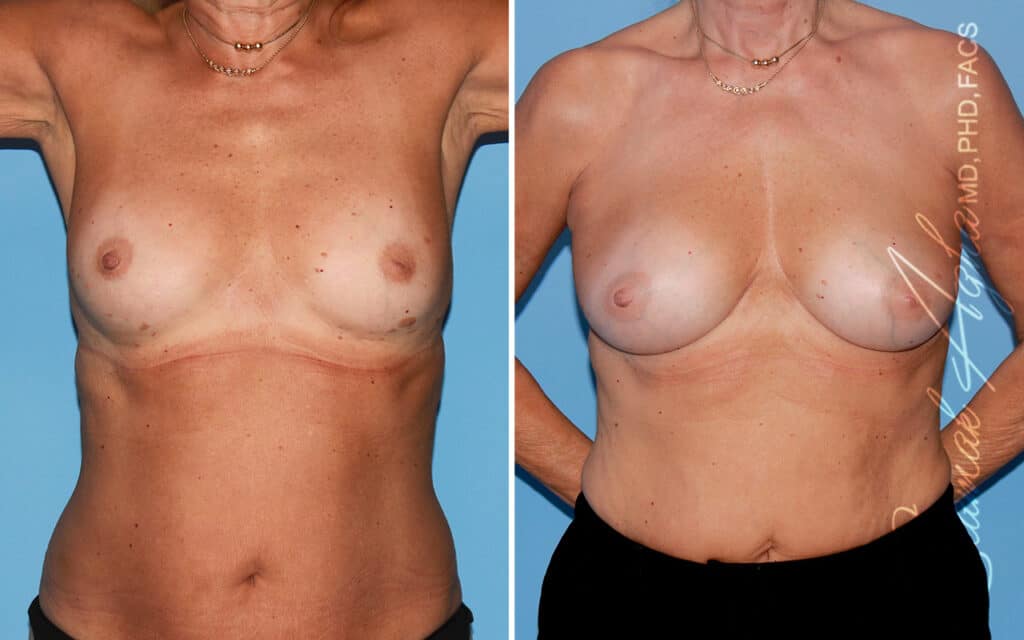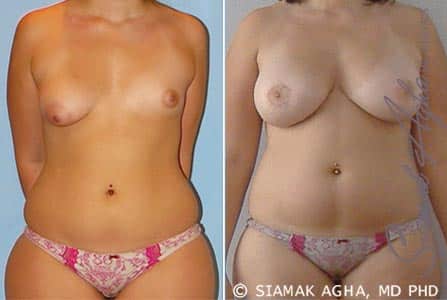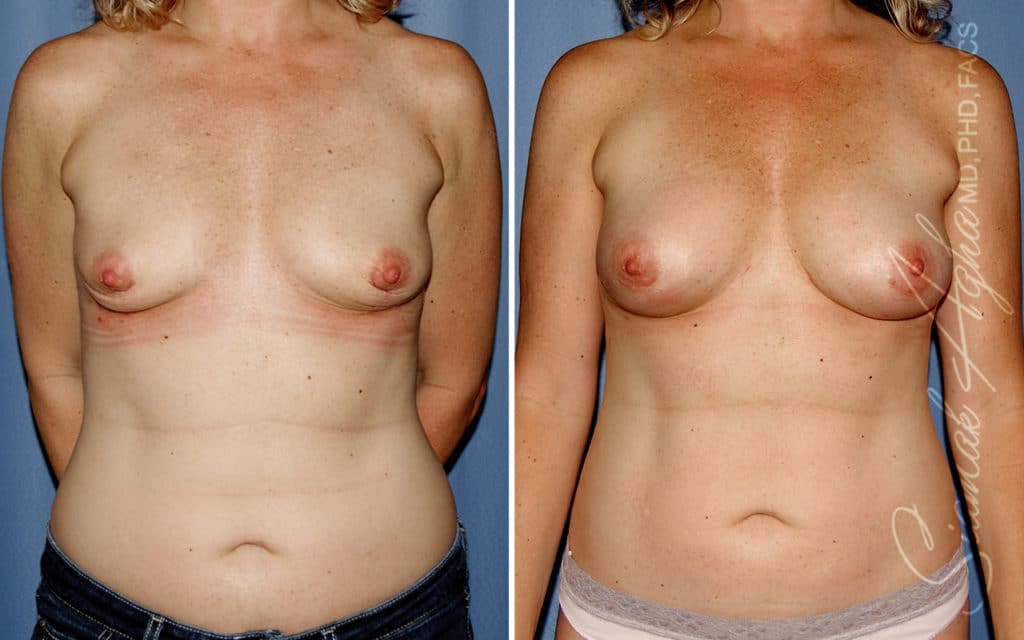BREAST IMPLANTS VS.
BREAST FAT TRANSFER
– NEWPORT BEACH, CA –

Gone are the days when you can only enhance your breasts by getting breast implants. Thanks to recent technological advancements, you can now use breast fat transfer to increase your breast volume while still enjoying natural-looking results.
But this doesn’t mean one is better than the other and vice versa. In fact, each surgical option has its own set of advantages and disadvantages.
To guide you in making an informed decision, read the rest of this post and learn the differences between breast implants and breast fat transfer.
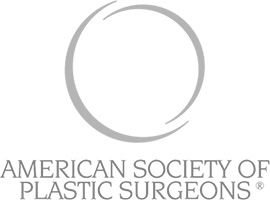
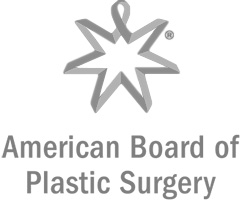
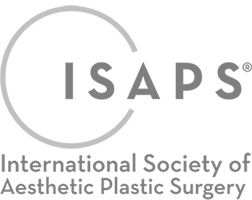
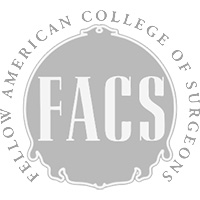

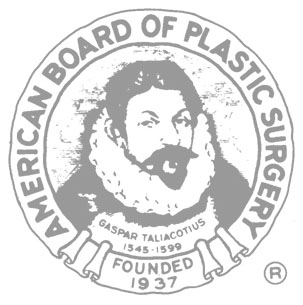
What are Breast Implants?
Breast implants enhance the size and shape of your breasts via breast augmentation surgery. It is one of the most popular cosmetic surgeries of all time, with 300,000 procedures done every year in the United States alone.
With breast implants, you can customize your breasts’ appearance down to a T since you have plenty of options to choose from. You can select your implants’ material (saline or silicone), shape (round or teardrop), projection (low, moderate, or high), texture (smooth or textured), brand (Mentor, Allergan, or Sientra), and size.
Breast Implant Pros
Here are the reasons why you’d want to get breast implants for your breast augmentation surgery.
- Safe. Breast implants have been extensively studied for decades, which is why the US Food and Drug Administration (FDA) has approved them for cosmetic surgery use. In fact, breast implants are among the most studied medical devices ever.
- Long-lasting. Even though breast implants are not supposed to stay permanently inside your body, they can last for 10 to 15 years on average — maybe even more.
- Immediate results. You’ll instantly notice a significant increase of two to three cup sizes on your breast size and volume right after the surgery.
- Size availability. Breast implants come in a variety of sizes to suit your needs and preferences. For more information, check out this guide on how to choose the right breast implant size.
- Natural feel and appearance. Silicone implants resemble the look and feel of natural breast tissue, so you can achieve natural-looking breasts and end up satisfied with your results.
- Affordable. Getting breast implants is generally cheaper than breast fat transfer.
Breast Implant Cons
Some of the things you need to take note of before getting breast implants include:
- Risk of developing complications. Though not frequent, breast implants are associated with hazards like implant rupture, deflation, capsular contracture, visibility, and rippling.
- Visible scars. Depending on your chosen method of breast augmentation, you might get noticeable scars during the surgery. Still, these scars can be hidden by a skilled and experienced plastic surgeon.
- Needs replacement or removal. As mentioned above, breast implants have a usual life span of 10-15 years, after which you need to have them replaced or removed.
- Risk of capsular contracture. This condition occurs when the capsule around the implant thickens and squeezes your implant. When this happens, you need to have the capsule surgically removed through capsulectomy.
- Changes in breast and nipple sensation. The type of incision used for your breast augmentation may affect sensation in your breasts and nipples.
What is Breast Fat Transfer?
Breast fat transfer is designed to increase your breast volume by using your own fat from other body parts and transferring them to your breasts. It is recommended for women looking to have a small to moderate increase in breast size.
It usually involves two steps:
- First, your surgeon harvests fat cells from other fat-rich areas of your body through liposuction. The harvested fat is then washed, processed, and refined before transferring them to small syringes.
- Next, your surgeon injects the purified fat into the breast fatty layer through fat injection. He injects the fat in different layers and different areas to shape your breasts and help you reach your desired breast contour.
Breast Fat Transfer Pros
Here are the reasons why you might prefer getting breast fat transfer instead of the usual implants.
- Safe and natural. Unlike implants, there’s no foreign body inserted into your body with breast fat transfer. Even the fat that’s going to be used to increase your breast volume will come from other parts of your body. The result also looks more natural.
- Little to no scarring. The whole process is done using small cannulae, so no obvious incisions will be created, leading to scarring
- Shorter recovery time. You can resume your normal activities within 5-10 days and go back to work in 1-2 weeks.
- No maintenance. You don’t need to replace or remove anything after the procedure is done.
- Low risk of breast and nipple sensation changes. Since the incisions created in breast fat transfer are very small, it’s unlikely to damage nerves that might cause sensation changes.
- Reshapes your breast. Fat transfer can be used to shape your breasts as needed. For example, fat can be added to enhance your cleavage or upper breast fullness. It can also be used to make your breasts rounder.
- Shapes other body parts. You can think of breast fat transfer as a two-in-one procedure because it involves liposuction in fat-rich areas of your body. The grafted fat is harvested from unwanted places and placed into your breasts, contouring your body and creating an hourglass physique and breast projection.
- Corrects breast implant complications. Breast fat transfer can be used to treat capsular contracture.
Breast Fat Transfer Pros
Some of the things you need to consider before getting breast fat transfer include:
- Smaller breast volume. Breast fat transfer is not advisable for patients seeking a large change in breast size. Usually, an increase of only one cup size can be achieved with each breast fat transfer.
- Fat reabsorption. Approximately 40% of the injected fat would resorb after your breast fat transfer. Dr. Agha counters this by exaggerating grafting to increase the percentage of fat cells that survive.
- Risk of fat cell death. There’s a risk of microcalcification when some fat cells die.
- Less effective for other people. Breast fat transfer is a less reliable way of augmenting the breasts among patients who underwent radiation therapy.
- More expensive. Breast fat transfer is a longer and costlier procedure than breast implants. Whereas a breast augmentation may only take 60-90 minutes, liposuction of multiple areas with breast fat transfer often takes 3-4 hours.
- Possibility of additional surgery. You may also need a second surgery if you want to increase your breast size by more than one cup size.
Which Should You Choose: Breast Implants or Breast Fat Transfer?
When deciding between breast implants and breast fat transfer, you should select the one that best fits your needs.
If you want a subtle change in your breast size while also enhancing their shape, size, and form, breast fat transfer may be suitable for you.
But if you’d rather increase your breast size to two or three times your current cup size so that you can boost your confidence and enjoy the body that you want, then breast implants may be more appropriate.
Book a consultation with Dr. Agha to get expert advice on the right breast surgery for you.

